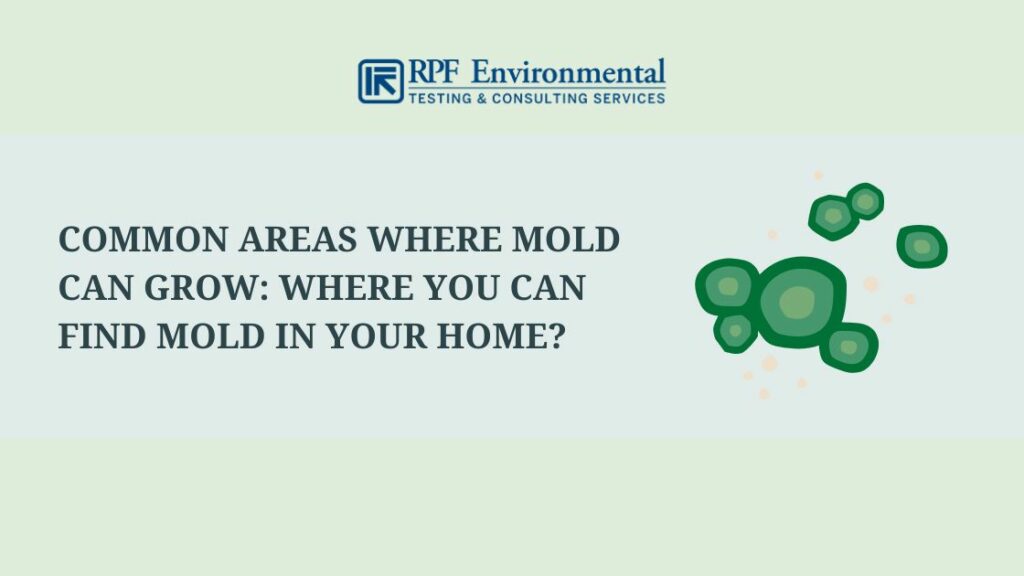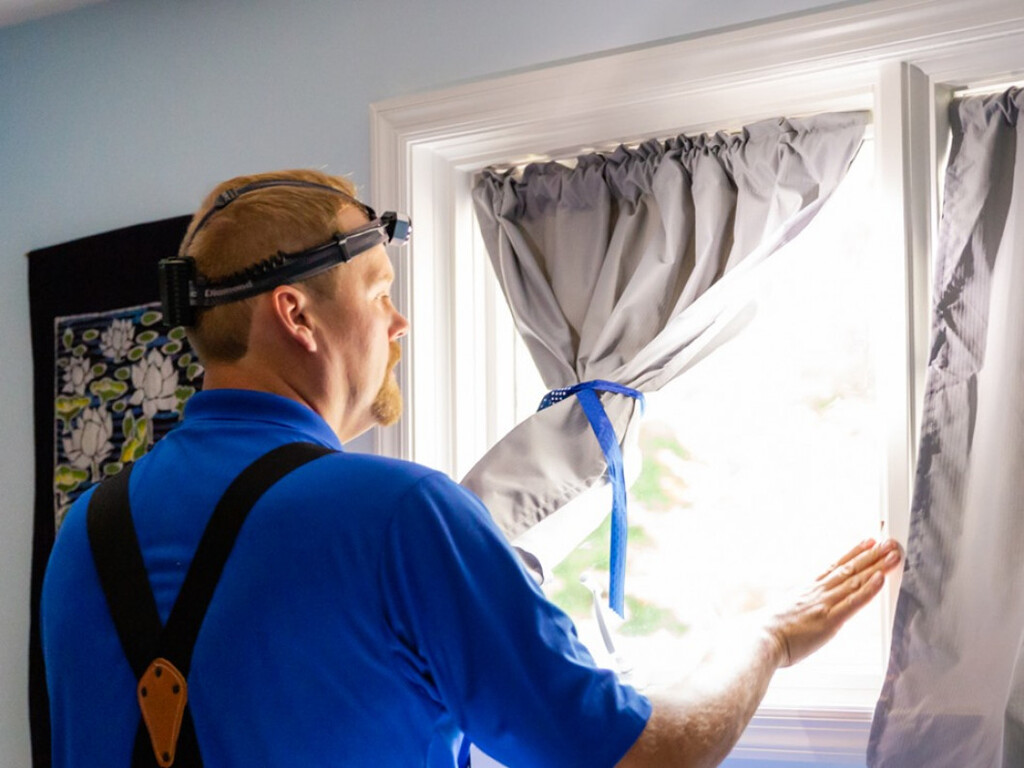Comprehensive Solutions for Your Mycotoxin testing Services Requirements
Comprehensive Solutions for Your Mycotoxin testing Services Requirements
Blog Article
Exactly How Mycotoxin Testing Assists Prevent Contamination and Protect Food Products

Mycotoxin screening is a vital method in the food market, working as a frontline defense against contamination by dangerous contaminants produced by mold and mildews. Through the application of sophisticated strategies like High-Performance Liquid Chromatography (HPLC) and Fluid Chromatography-Mass Spectrometry (LC-MS), food producers can accurately discover and measure mycotoxin degrees in agricultural items. This positive method not just guarantees compliance with stringent safety and security policies but likewise minimizes health risks to consumers. Furthermore, routine testing strengthens brand name online reputation and monetary health and wellness by reducing contamination-related events. So, exactly how specifically do these testing methods incorporate into the broader food safety technique?
Understanding Mycotoxins
Comprehending mycotoxins starts with recognizing that they are hazardous additional metabolites created by specific mold and mildews, which can infect agricultural items. These metabolites are not necessary for the growth or reproduction of the fungi but can have serious ramifications for human and animal wellness. Mycotoxins are frequently discovered in staple crops such as corn, wheat, barley, and nuts, where they can proliferate under certain conditions of moisture and temperature level.
There are a number of sorts of mycotoxins, each generated by different fungal varieties. Aflatoxins, produced by Aspergillus species, are among one of the most notorious, known for their carcinogenic homes. One more substantial group includes ochratoxins, generated by Aspergillus and Penicillium types, which have nephrotoxic impacts. Fusarium varieties produce fumonisins and trichothecenes, both of which are connected with different severe and chronic health and wellness issues.

Dangers of Mycotoxin Contamination
The risks of mycotoxin contamination are multifaceted, presenting significant threats to both food safety and public health. Mycotoxins, harmful compounds generated by particular kinds of fungis, can pollute a large array of agricultural products including grains, nuts, seasonings, dried fruits, and coffee.
Financial impacts are another major problem. Infected plants can result in substantial monetary losses for farmers and food manufacturers as a result of decreased returns and the demand for expensive decontamination measures. International trade can be dramatically hindered as countries impose stringent mycotoxin laws to protect their populations, leading to declined shipments and stretched trade relationships.
Ecological factors such as environment modification intensify the danger of mycotoxin contamination. Variations in temperature level and humidity can produce positive problems for fungal growth, enhancing the likelihood of contamination occasions. Hence, understanding and minimizing these threats are crucial for guaranteeing the security and integrity of global food supplies.
Methods of Mycotoxin Checking
Accurately recognizing mycotoxin contamination in agricultural items is important for securing public health and keeping food safety requirements. Different techniques are employed to discover and measure mycotoxins, each offering certain advantages and restrictions.
High-Performance Fluid Chromatography (HPLC) is a widely used wikipedia reference approach as a result of its high level of sensitivity and precision. It includes separating mycotoxins from other materials in a sample, making it possible for precise quantification. In A Similar Way, Fluid Chromatography-Mass Spectrometry (LC-MS) incorporates liquid chromatography with mass spectrometry to give thorough molecular info, making it particularly useful for identifying several mycotoxins simultaneously - Mycotoxin testing Services.

Gas Chromatography-Mass Spectrometry (GC-MS) and Thin-Layer Chromatography (TLC) are also employed, each with one-of-a-kind applications. GC-MS works for unpredictable mycotoxins, while tender loving care provides a simpler, cost-effective option for initial screening.
Advantages of Routine Evaluating
Routine screening for mycotoxins in farming products uses countless benefits, significantly contributing to public health and food security. By recognizing contamination early, normal testing helps protect against the circulation of toxic foods, consequently minimizing the risk of mycotoxin-related illnesses amongst customers. This proactive method not just safeguards human health and wellness yet likewise improves the overall high quality of food materials.
Consistent testing also sustains regulatory conformity. Different nations and areas have established stringent limits for mycotoxin levels in food and feed. Complying with these limits with routine screening makes sure that producers and vendors fulfill lawful requirements, therefore avoiding charges and profession barriers. Keeping conformity cultivates customer trust and brand online reputation, which are crucial for market success.
Additionally, normal mycotoxin testing can cause substantial economic advantages. Early detection of contamination allows for timely treatment, minimizing prospective losses from extensive contamination. Applying routine screening procedures can additionally lessen recall prices and associated obligations, which can be economically ravaging.
Moreover, routine testing supplies valuable information that can notify much better farming methods and storage conditions. By recognizing patterns of contamination, manufacturers can take on precautionary actions, thereby contributing and lowering future dangers to the sustainability of the food supply chain.
Applying Examining Methods
Implementing efficient mycotoxin testing methods is essential for ensuring the safety and top quality of agricultural products. Establishing a durable testing structure involves numerous vital actions, starting with the identification of prospective contamination points within the manufacturing and supply chain. This consists of pre-harvest, post-harvest, storage, and circulation stages. Each phase has to be looked at to pinpoint where mycotoxin contamination is most likely Learn More Here to happen.
As soon as important control points are identified, choosing proper screening approaches is necessary. Typical techniques consist of enzyme-linked immunosorbent assay (ELISA), high-performance fluid chromatography (HPLC), and mass spectrometry (MS) Each approach has its strengths and weak points; therefore, choosing the correct one depends on the particular mycotoxin being evaluated, the required sensitivity, and available sources.

Finally, integrating the testing protocols into an extensive food safety and security administration system is a good idea. This improves traceability and makes it possible for quick rehabilitative activities when contamination is discovered, thus protecting the stability of the food supply chain.
Conclusion
Mycotoxin testing is essential in stopping contamination and protecting food materials by allowing very early detection of hazardous toxic substances produced by molds in agricultural products. Advanced find methods such as HPLC and LC-MS guarantee conformity with safety laws and safeguard customers from health risks. Normal testing enhances brand name track record, economic stability, and rely on food safety and security by minimizing contamination-related losses and preserving high criteria in food production. Executing extensive testing methods is therefore crucial for the sector's total health.
Mycotoxin screening is a crucial practice in the food industry, serving as a frontline defense versus contamination by damaging toxic substances created by molds. An incorporated method entailing agricultural methods, storage space monitoring, and regular testing can mitigate the risks connected with mycotoxin contamination, ensuring food safety and security and public health and wellness.
The dangers of mycotoxin contamination are diverse, presenting considerable risks to both food safety and public health and wellness.Regular testing for mycotoxins in farming products uses countless benefits, significantly adding to public health and food security.Mycotoxin screening is crucial in avoiding contamination and safeguarding food materials by making it possible for very early discovery of hazardous toxins produced by molds in farming items.
Report this page